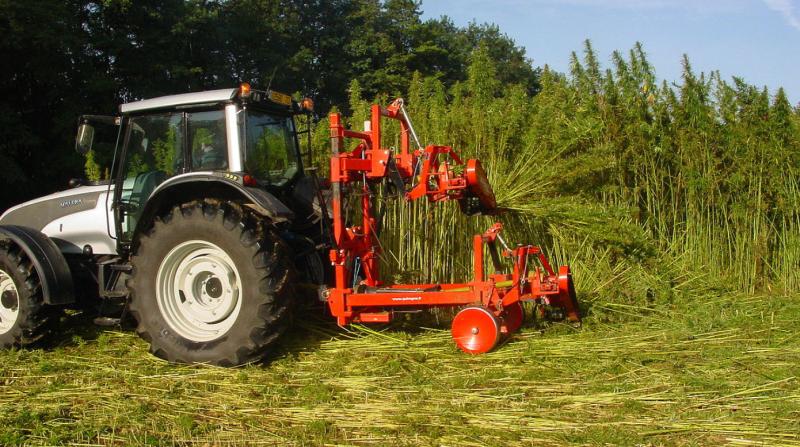
Equity funding and the hemp business go hand in hand, but it’s important to remember the legal landscape surrounding hemp is still evolving, particularly in the US. Here’s a breakdown of how equity funding works and its role in the hemp industry:
Equity Funding Explained:
Equity funding is a method for raising capital for a business by selling ownership shares (equity) to investors. Investors provide the company with funds in exchange for a stake in the company’s future profits and potential growth.
There are different types of equity funding, but some common ones include:
- Angel investors: Wealthy individuals who invest in early-stage businesses with high growth potential.
- Venture capitalists (VCs): Firms that invest in high-risk, high-reward businesses, often in specific industries with the potential for significant returns.
- Crowdfunding platforms: Online platforms that allow a large number of people to invest smaller amounts of money in a business.
Equity Funding and Hemp:
The hemp industry presents exciting opportunities, but it’s also a relatively new market with inherent risks. Equity funding can play a crucial role in helping hemp businesses overcome these hurdles:
- Startup Capital: New hemp businesses often require significant capital for initial investments in land, equipment, research, and marketing. Equity funding helps bridge this gap and provides the resources needed to get off the ground.
- Scaling Up: Equity funding can provide the capital needed for established hemp businesses to scale up operations, expand product lines, and enter new markets.
- Expertise and Networks: Investors often bring valuable expertise, industry connections, and mentorship to the table, which can be critical for the success of a hemp business.
Challenges and Considerations:
Despite the benefits, there are challenges associated with equity funding for hemp businesses:
- Legal Uncertainty: Federal regulations surrounding hemp are still evolving, which can make some investors cautious.
- High-Risk Industry: The hemp industry is still young, and there is inherent risk associated with any new venture. Investors may be hesitant to invest in companies without a proven track record.
- Investor Requirements: Equity investors typically expect a high return on their investment, which can put pressure on hemp businesses to prioritize short-term profits over long-term sustainability.
Conclusion:
Equity funding can be a powerful tool for hemp businesses seeking to grow and thrive. However, it’s crucial to understand the challenges and navigate the legal landscape carefully. Hemp businesses should carefully assess their needs, identify the right investors, and ensure alignment on values and long-term goals to achieve success through equity funding.

